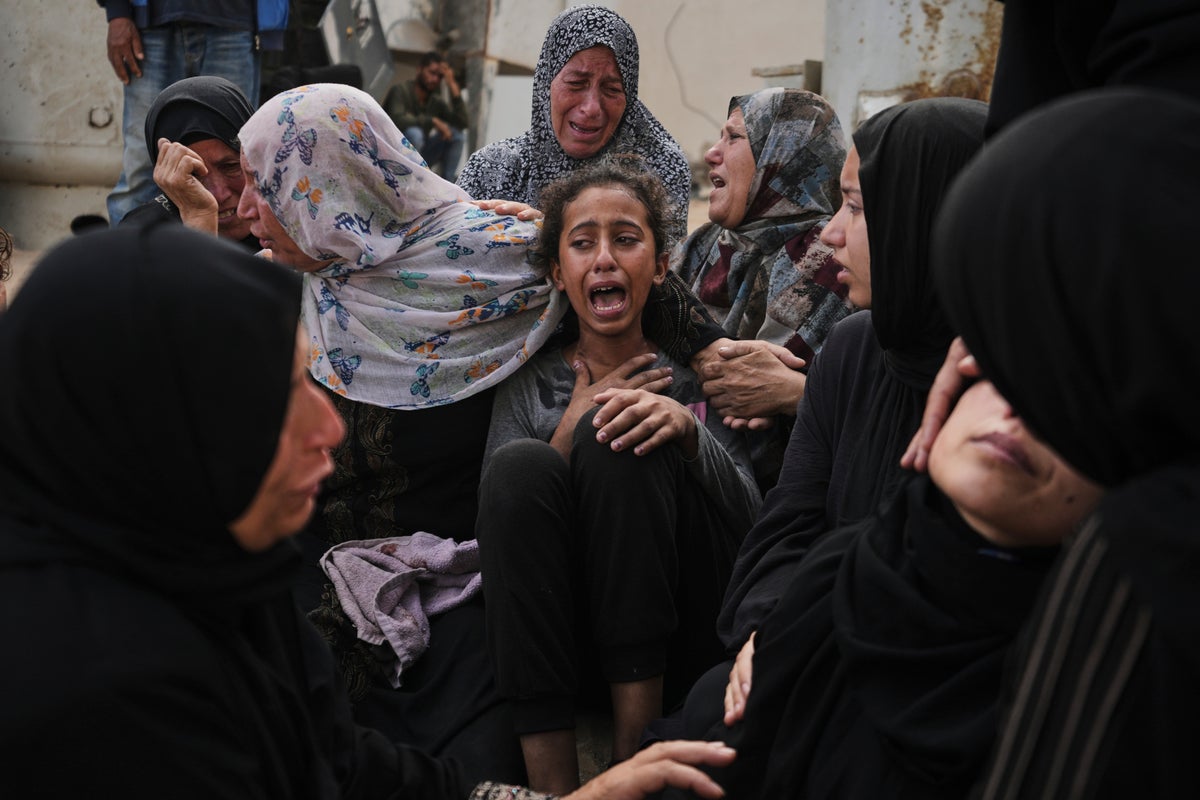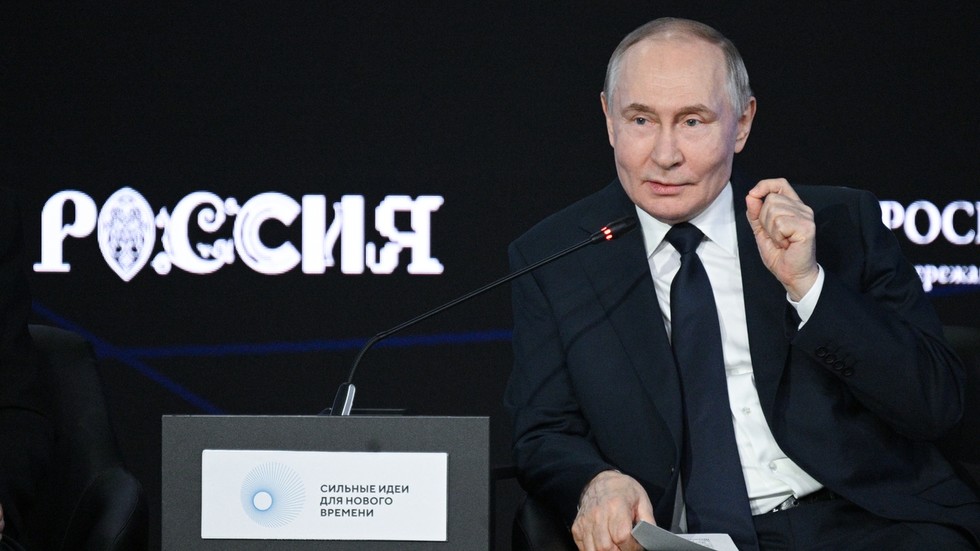What to know about this year's route
This year's Tour begins on July 5 with a flat stage of 185 kilometers (115 miles), starting with the Grand Depart in the northern French city of Lille. The 21st and final stage will be on July 27 – after a total of 3,339 kilometers – on the Champs Elysees in Paris. What's new is that professionals will have to cross Montmartre, the striking hill in the north of the city, three times during the finale.
However, that's no problem compared to the climbs they'll already have under their belts at that stage: riders will have accumulated a total of 52,500 meters of elevation gain. Six mountain stages are scheduled, five of which end with mountain finishes. One of these is the 16th stage in Provence, featuring the legendary, almost 16-kilometer climb to the 1,910-meter summit of Mount Ventoux. This year's "roof of the Tour" is the 2,304-meter-high Col de la Loze in the Alps, the finish of Stage 16.
The two individual time trials – one in the first week over 33 kilometers in northern France, and one in the second week over 11 kilometers in the Pyrenees – are likely to create larger gaps in the overall standings. However, the overall winner is not expected to be decided until the final week in the Alps.
Twenty-three teams of eight riders are involved. Tour organizer Amaury Sport Organization (ASO) will award a total of €2.3 million ( $2.7 million) in prize money. The overall winner will receive €500,000.
Who are the favorites for the overall victory?
The top three in the 2024 Tour de France – also in that order. The favorite is defending champion Tadej Pogacar. The Slovenian, who convincingly won not only the Tour last year, but also the Giro d'Italia and the World Championship, has been in top form this season.
Pogacar won the spring classics, the Tour of Flanders and Liege-Bastogne-Liege in Belgium, and finished second in the one-day races Milan-San Remo, Paris-Roubaix, and the Amstel Gold Race. In June, the 26-year-old also won the dress rehearsal for the Tour, the Criterium du Dauphine multi-day race in southeastern France.
Jonas Vingegaard, runner-up in the 2024 Tour, finished one minute behind Pogacar. The Dane demonstrated an improvement in form at the Dauphine. The 28-year-old has won the Tour de France twice (2022, 2023), while Pogacar already has three Tour de France victories (2020, 2021, 2024).
 Tadej Pogacar (right) won the 2024 Tour, the first not to end in Paris – due to preparations for the OlympicsImage: Bruno Bebert/Bestimage/IMAGO
Tadej Pogacar (right) won the 2024 Tour, the first not to end in Paris – due to preparations for the OlympicsImage: Bruno Bebert/Bestimage/IMAGOLast year's third-place finisher, Remco Evenepoel, is considered more of an outsider. The 25-year-old Belgian won gold in both the individual time trial and the road race at the 2024 Olympics in Paris, and claimed the last two time trial world championship titles.
Which other riders should we watch out for?
Biniam Girmay of Eritrea made Tour de France history last year. He became the first Black professional cyclist from Africa to win a stage on the Tour and followed it up with two more stage victories. This secured Girmay the green jersey for best sprinter, which he defended until the final day of the Tour. This year, the 25-year-old has achieved several second-place finishes but is still awaiting his first victory.
Mathieu van der Poel, on the other hand, has already achieved two major victories. The Dutch classics specialist triumphed at Milan-San Remo and Paris-Roubaix. The 30-year-old – winner of the green jersey in 2022 – is certainly in contention for one or two stage wins but sees himself more in the role of supporting his team's top sprinter, Jasper Philipsen. The Belgian won the green jersey in 2023.
Is there any controversy over rider safety – and security?
Safety is a regular topic of discussion during the Tour, largely due to the high speeds achieved. Pogacar rode an average speed of 41.4 km/h last year. During sprint finishes, the specialists race toward the finish at over 60 km/h, and on downhill descents, speeds of over 100 km/h are not uncommon.
The GPS tracker of former German professional cyclist Marcus Burghardt even recorded a top speed of 130.7 km/h during a descent of the 2016 Tour.
 Sprints to the finishe line – like here at the Tour 2023 – often result in crashes Image: Roth/dpa/picture alliance
Sprints to the finishe line – like here at the Tour 2023 – often result in crashes Image: Roth/dpa/picture alliance Three hundred security officers accompany the Tour de France throughout the three weeks of the race. They are supported by around 28,000 local police officers, gendarmes, and firefighters along the route.
Around 1,000 people, including marshals, were trained in safety aspects in advance of the Tour. A media campaign informs fans how they can contribute to safety through their behavior along the route.
Is doping still an issue at the Tour?
The last known doping case was three years ago. After the 2022 Tour, sixth-place finisher Nairo Quintana was disqualified for using a banned painkiller during the race. However, the Colombian star was not banned for this offense. This was one of only three Tour doping cases in the past 10 years.
This is no comparison to the major doping scandals of earlier days, such as those surrounding Team Festina in 1998 or the Tour de France superstars Jan Ullrich and Lance Armstrong in the years after the turn of the millennium.
But this doesn't mean that cycling is now "clean." Pogacar's vast superiority raises doubts. The doping-investigation department of German public broadcaster ARD recently demonstrated in a TV documentary how easy it still is to obtain medical equipment for blood doping in Pogacar's home country of Slovenia.
Moreover, the documentary stated that doping substances that are difficult or even impossible to detect are now popular in cycling.
This article was originally published in German.
Edited by: Jonathan Harding

 6 hours ago
4
6 hours ago
4









